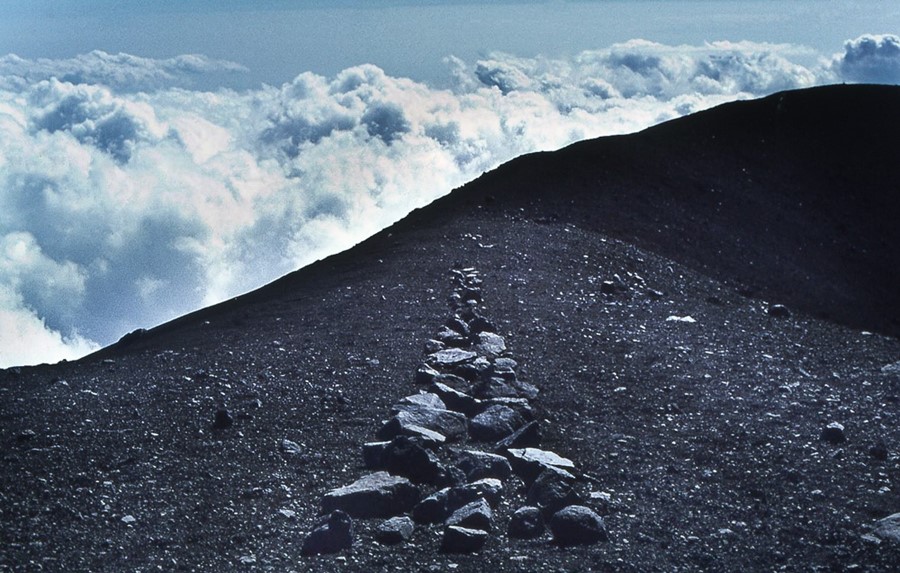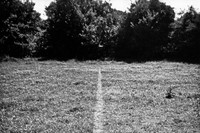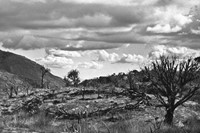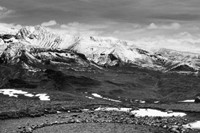The Old Ways: A Journey on Foot is the last in Robert MacFarlane’s trilogy about understanding landscape in a way that we don’t anymore...
"The Old Ways is filled with walkers of great stamina and remarkable charisma. One of them, Edward Thomas -- the poet who died at the Battle of Arras in 1917, and who is my ghostly guide on my walks -- spent much of his life trying to walk his way into calm, and walk his way out of depression. He walked thousands of miles along the old ways and ancient tracks of England and Wales. Such routes became for him a logic of navigation and means of walking, not just across, but into landscapes, and not just away from, but rather into himself. The walking cure didn’t always work, however; he was frequently crushed by depression that couldn’t be evaded by taking to the paths.
Another epic walker who features briefly in the book is George Borrow: an East Anglian who was largely responsible for setting the cult of vagabondage loose in the nineteenth-century imagination. It was Borrow who coined (out of the Romany) the ‘Wayfarers’ Creed’ about the idea of having a hedge for your bed, the grass as your cushion and the stars for your ceiling. He once walked 112 miles in 27 hours, sustained by half a pint of milk, a pint of ale, a loaf of bread and two apples.
I have walked 36 miles in a day, which isn’t very far at all compared to Borrrow, or the artist Richard Long. Long once walked 33 miles a day for 33 days, creating arguably the biggest sculpture in the world. His feet were his nib, the earth and the air his media, the landscape his canvas.
"Richard Long once walked 33 miles a day for 33 days, creating arguably the biggest sculpture in the world. His feet were his nib, the earth and the air his media, the landscape his canvas."
I’m fascinated by the relationship between walking and thinking. When I try, in retrospect, to divide up the different stages of a day on foot, I find something like this: that the first 10 miles or so is often extremely thought-provoking: cognition is enhanced, prompted and made strangely rhythmic. Then comes the fallow period during the 10 to 20 miles when your brain just starts to repeat itself, and physical distractions seem to manifest themselves (those blisters, those creaks in the hip upon which your mind begins to focus. In between 20 and 30 miles then comes what the long-distance walker John Hillaby once called the ‘skull cinema’. The ‘skull cinema’ is what plays on loop when you're very tired of (by) walking, and it’s when some awful little fragment of Tom & Jerry, or Upstairs Downstairs, or some other televisual swill, will find its way onto the projector and will simply repeat-play, over these last, desperate and mindless miles."
The Old Ways: A Journey on Foot is the last in Robert MacFarlane’s trilogy about understanding landscape in a way that we don’t anymore. Instead of following road routes on a standard map, he discovers how to read natural signs for paths that were used by wayfarers of centuries past. It’s also about understanding humans, and by retracing their steps, how far it’s possible to enter into their formerly existing worlds. This chimes with the Document section of the new issue of AnOther Magazine, which takes walking as its theme, and the various literary inspirations the exercise provides.
The Old Ways: A Journey on Foot is out now, published by Hamish Hamilton. Robert MacFarlane was speaking at Port Eliot Festival.



